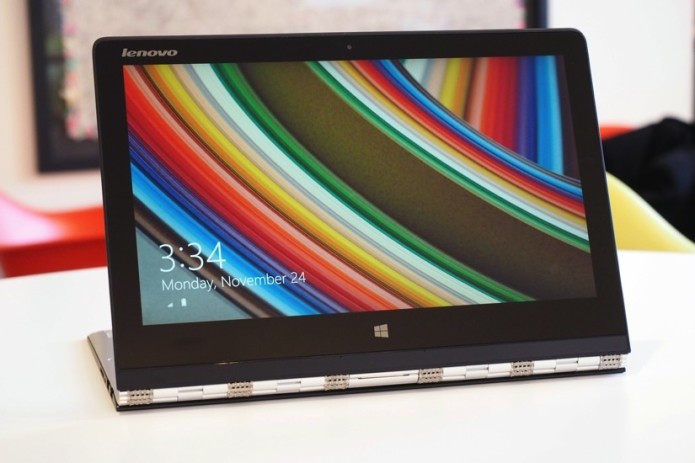I haven’t reviewed an Ultrabook in months. It’s not because I’ve grown lazy; it’s because there just haven’t been many new models to test. Nearly every laptop that crosses Engadget’s reviews desk these days is a gaming notebook, a Chromebook or maybe one of those super-cheap netbook things. So here I am, dusting off my Ultrabook-testing skills with the Lenovo Yoga 3 Pro, the company’s latest flagship laptop. Like every Yoga that’s come before it, this new model has a 360-degree hinge that allows it to fold back into tablet mode. It also keeps that stunning 3,200 x 1,800 touchscreen. But that’s not what’s interesting to me. No, I’m curious about this because it’s the first notebook I’m testing with a new Intel Core M chip, which allows the Yoga 3 Pro to be 17 percent thinner than its predecessor, not to mention 15 percent lighter. As a result of moving to a lower-powered chip, the battery life should be better too. Sounds like a recipe for an all-around better Ultrabook, right?





PROS
- Thin and light, even for an ultraportable
- Versatile design
- Generally fast performance
- Gorgeous display
CONS
- Relatively short battery life
- Keyboard is shallower than on previous Yoga machines
- Touchpad could use some fine-tuning
- Start button on the bezel doesn’t always work, but a fix is coming
…
Read full post here:
https://www.engadget.com/2014-11-25-lenovo-yoga-3-pro-review.html


